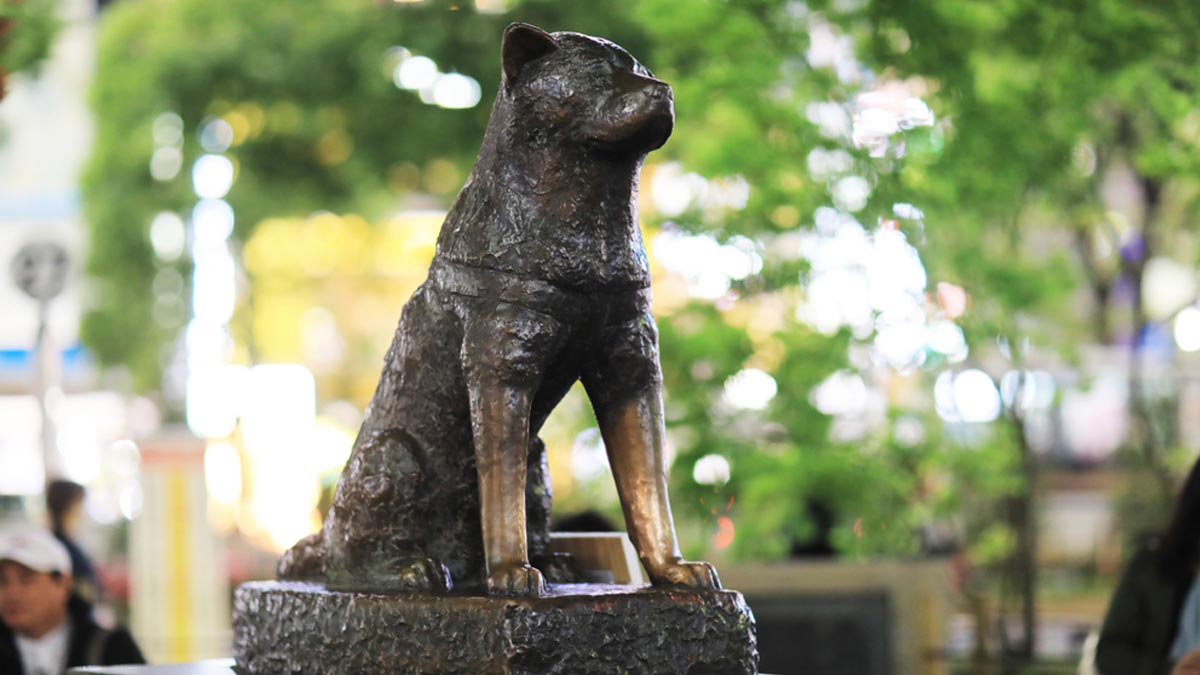
Here's The Incredible Tale Of Hachiko, The World's Most Loyal Dog
Hachiko was a white Akita dog who was born on November 10, 1923, in Japan. Following the 1987 Japanese version and the 2009 Richard Gere-starring movie, the Chinese version of his story has also become a box office success, reigniting interest in Hachiko's intense attachment to his human. The adorable Akita dog's everlasting devotion to his owner earned him the nickname ‘Chuken Hachiko’, which translates to ‘faithful dog Hachiko’.
The incredible story of Hachiko has made a lasting impression on literature, film, and popular culture. Professor Christine Yano of the University of Hawaii, who spoke to the BBC, describes Hachiko as the embodiment of the ‘ideal Japanese citizen’. His devotion can be seen by his loyalty, honesty, obedience, and profound understanding, which go beyond logic.
Hachiko’s Story

Hidesaburo Ueno, a well-known professor of agriculture and passionate dog lover, got Hachiko as a puppy in 1924. The professor and his faithful friend, Hachiko, had a close relationship. Every day, Ueno would travel to Shibuya Station with Hachiko.
Professor Ueno unexpectedly died from a cerebral hemorrhage on a sad day in May 1925, bringing about catastrophe. After barely 16 months by his side, Hachiko was left sad and empty.
Hachiko travelled between many families in the months after Ueno's death, but he eventually returned to the Shibuya neighbourhood. He began his regular travel to the station, firm and determined to see his beloved master again.
1
2
3
4
It is also said that, in the evening, he stood on four legs at the ticket gate and looked at each passenger as if he were looking for someone. He was first viewed as a nuisance by station staff. He was showered with water by yakitori vendors, and he was teased and bullied by young boys.
Don't miss: Want To Attract Prosperity? Keep Silver Jewellery, Utensils And Other Items At Home
However, he rose to national prominence after a story about him appeared in the Japanese newspaper Tokyo Asahi Shimbun in October 1932. People from all around the world went to the station to provide food and help.
Hachiko then died on March 8, 1935, this news hit several newspapers' front pages and left a devoted legacy. Buddhist monks prayed for him at his burial. In the following days, many people went to see his monument.
Don't miss: Elderly Couple Recreate 'Rimjhim Gire Saawan' In Mumbai, Anand Mahindra Calls It Justifiably Viral
Hachiko’s Popular Monuments And Statue
Hachiko is now on display at the National Science Museum in Ueno, Tokyo. In the Tokyo cemetery in Aoyama, there is also a monument of Hachiko next to the burial of his owner. The bronze statue of Hachiko is a popular landmark outside the Shibuya railway station.
For more such stories, stay tuned to HerZindagi.
1
2
3
4